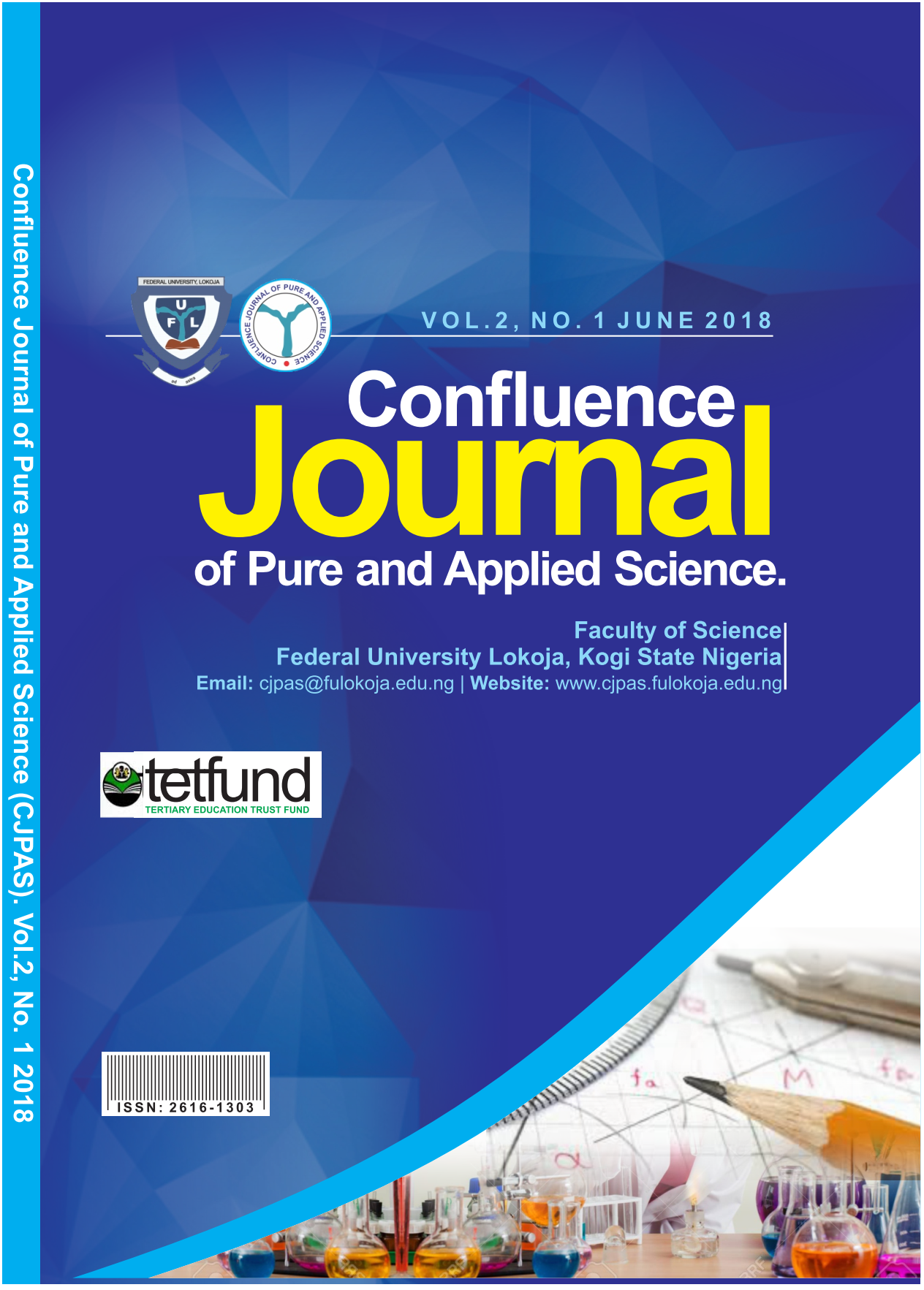STABILITY ASSESSMENT OF SOME EXISTING BUILDINGS IN UNILORIN PREMISES USING SCHLUMBERGER SOUNDING TECHNIQUE
Keywords:
Schlumberger, Sounding, Resistivity, Competent, Traverse and Pseudo-sectionAbstract
Geophysical electrical resistivity method of Schlumberger Vertical Electrical Sounding (VES) was carried out within the premises of University of Ilorin, along each traverse near some selected high rise buildings on the University campus. The study was aimed at mapping the subsurface geologic features such as rock layering, lithological types and sequence in the subsurface that may pose danger to the existing structures. A total of fourteen (14) VES stations were established with maximum current electrode separation of 200 m and inter VES spacing of 20 m. VES geo-electric equivalent layers ranges from three (3) to five (5) layers within the area. Geoelectric 2D sections further confirmed that the area is characterized by layering series of topsoil, laterites, sandy clay, weathered/fractured basement and fresh basement. The resistivity distribution confirmed that the vicinities of profiles 2-5 to be moderately competent and highly competent with resistivity range of about 100-2000 Ωm. However, there is an isolated low resistivity distribution (60-300 Ωm) around profile 1 in the vicinity of Faculty of Arts that terminates at about 20 m depth. This is attributable to incompetent footing. The subsurface features and overburden materials delineated in profile 5 close to postgraduate students' hostel is most favourable to civil engineering constructions as the range of resistivity distributions (200-2000 Ωm) is attributable to competent footing for the super structures.
Downloads
Downloads
Published
Issue
Section
License
Copyright (c) 2018 Confluence Journal of Pure and Applied Science

This work is licensed under a Creative Commons Attribution 4.0 International License.



